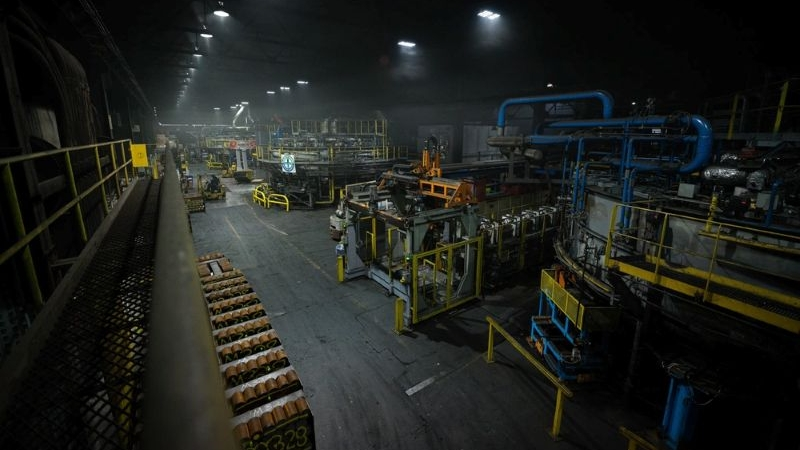
作者/Author(s): Trevor Phillips-Levine and Andrew Tenbusch
網站來源/Source: War on the Rocks
日期/Date: 07/22/2025
關鍵字/Keywords: 軍事、後勤、同盟
主張聯盟間相互操作性與聯合生產的理由
- 只要美國陷入東歐和中東的衝突,就會很快消耗掉需要多年才能生產的軍需品庫存。
- 聯合生產可減輕美國國防工業基礎的負擔:
- 澳洲與南韓曾協助美國補充在俄烏衝同中使用的155毫米砲彈。其他美國盟友也在探索聯合生產其他彈藥的可能性。
- 聯合生產可以增加產量、分擔生產負擔,並加強彈藥庫存的分配。此外,關鍵零組件與先進飛彈所需的稀有礦物供應來源多元化,也能減輕供應鏈中斷的風險。
- 現有的合作研發與生產協議亦可成為各國推動聯合生產的基礎。
- 儘管各個美國盟友的國防預算普遍上升,預算限制仍是他們在武器採購時的主要障礙。由於軍方可購買的彈藥遠遠多於大型現代化平台,西方軍事專家曾主張先採購彈藥。
聯合生產的挑戰:
- 美國國會的法規與政治考量常阻礙與盟邦的武器合作。美方應在現行架構下,彈性授權多項軍事技術的生產。
- 美國的盟友也應解除武器轉讓限制,將產出的武器再出口回美國或其他盟友。
- 盟友可能成為洩漏美國武器系統機密的漏洞。美國在與盟友合作之前,必須確保盟友遵守必要的網路防禦與實體安全措施。或者美國可以與易受攻擊的盟友建立有限的生產合作關係,讓盟友有機會製造武器或彈藥的特定零件。
- 美國應建立多年期採購預算,以提供聯合生產穩定基礎並減少預算波動帶來的干擾。
A Case for Allied Interoperability and Co-Manufacturing
- As long as the US is embroiled in conflicts in Eastern Europe and the Middle East, it will quickly burn through US munition stockpiles, which take years to produce.
- Co-manufacturing could alleviate the burden on the US defense industrial base:
- Australia and South Korea helped the US to replenish its 155-mm shells used in the Ukrainian Crisis. Other US allies are also exploring possibilities for co-producing other munitions.
- Co-manufacturing could increase production, share production burden, and enhance the distribution of ammunition stockpiles. It also mitigates supply chain disruption by diversifying the sources of vital components and critical minerals necessary for manufacturing highly sophisticated missiles.
- Existing cooperative development and manufacturing agreements could facilitate co-production opportunities.
- Despite increased defense budgets, budgetary constraints remain the primary limitation for US allies in arms procurement. Since militaries could purchase significantly more munitions than large and modern platforms, Western military experts had advocated prioritizing the procurement of munitions over delivery platforms.
Challenges in Co-Production
- US legislative restrictions and politics hindered weapons cooperation with allies, creating frustration. The US should allow some flexibility in licensing the production of various military technologies under the existing framework.
- US allies should also lift arms transfer barriers to allow reexport of produced weapons back to the US or other allies.
- Allies could be a loophole for leaking sensitive information regarding US weapon systems. The US must ensure that its allies comply with necessary cyber defense and physical security measures before partnering with them. Alternatively, the US could forge a limited production partnership with vulnerable allies, giving them the chance to manufacture specific parts of a weapon or munition.
- The US should establish a multi-year procurement budget to provide a stable foundation for continued production and minimize disruptions to co-production, despite overall fluctuations in the US budget.
